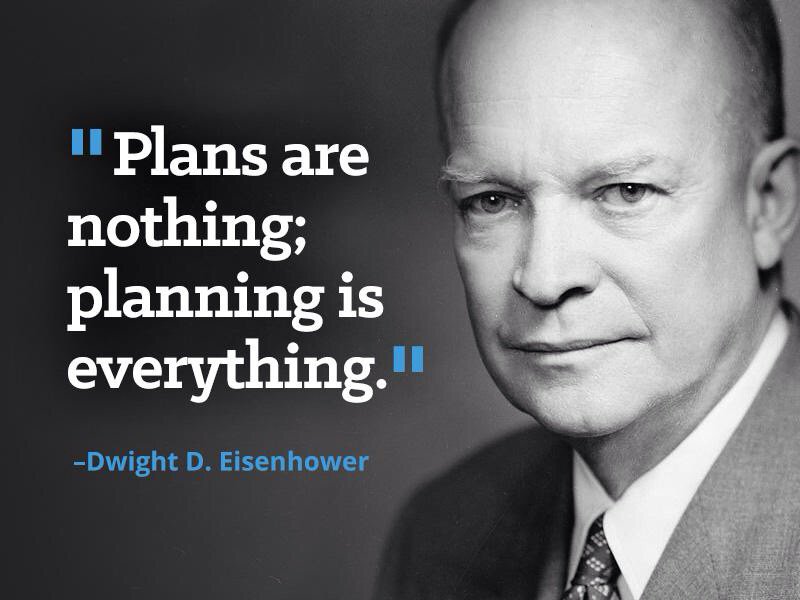Creating a Battleforged list for Warhammer 40k is a challenge in itself. But once you’ve played a few games you’ll discover you’ve got a whole new journey ahead of you. Picking Secondaries and optimising an army list can be a rewarding mini-game in itself. So here are my tips to get started.
List Building Fundamentals (Quadrant Theory)
Building a list around secondaries and tweaking and improving it based on how games go is not a simple subject, so I’ll start by suggesting a great video on the subject on YouTube by Daniel Brewster.
He neatly covers the concept of picking Secondaries and selecting units to each fill one or more of the following roles:
- Primary
Sits on, contests, or takes Primary Objectives - Secondary
Scores secondary missions (and this is where most of the thought goes in how your army plays) - Support
Assists other units in doing either of the first two things (buffing them, keeping them alive longer, etc.) - Trade
Is there to kill, and be killed, but most importantly try to make back it’s value in points (even if that’s by drawing fire from more important units).
Pre-Selecting Secondaries
It pays to have a set of default Chapter Approved GT secondaries in mind as you approach each game. Your list should be optimised around these.
You’ll save a lot of time and thinking before the game. More importantly you’ll be able to approach your list building with a clear plan in mind.

Even if this plan changes when you look at your opponents list, that’s something you can build into your secondary choices. Having a few alternates in mind to switch in.
What are the best Secondaries for me?
The answer is obviously, it depends. Key factors to consider are:
- Your faction
Are they fast, tough, shooty, stabby? Are they horde or Multiple Small Units (MSU)? - Your list and your play style
How do you like to play your army? What do you like most about your faction? - Your opponent’s faction and list
What factions are you most likely to play locally or in tournaments? How are they likely to play? Aggressive and alpha striking? Slow, tough, grinding advances? EVERYWHERE ALL THE TIME!
With these questions in mind you can start evaluating secondaries in each category. The best secondaries are ones that you can meet the following criteria:
- Can they score you the maximum of 15 points?
- Can you do that in less than 5 rounds?
- How easily can my opponent block me?
- Can I do it without interacting with my opponent?
- Do they fit with my normal play style?
Your ideal secondary fits with your intended army play style.
- A fast moving horde army may well want to take Engage on All Fronts, as they will naturally be swarming all four quadrants of the board.
- Armies with cheap “deep strike” troops will find Retrieve Nachmund Data a fairly easy choice (even if it is only 12 points max).
- Armies like Knights or Custodes with super tough units that can hold back, may want to take To The Last.
Min/Maxing
With a set of standard Secondaries in mind you can begin building your barebones list. What are the minimum and most stripped down unit choices that could achieve you the maximum score? For this exercise you should consider that your opponent to be sitting back and not interacting or disrupting your efforts.
With those core units in place, what redundancy can you build in? What supporting units can best help? What upgrades can help boost their effectiveness at their primary purposes. What are the best weapons to take?
If you start streamlined and progressively enhance your lists, you’ll find it easier. Trying to take away toys and trinkets later and trim fat is much harder (and less enjoyable).
What are the best Secondaries against me?
As a final exercise, you should also try to play the game of looking at anti-secondaries. How can your opponent score against you. What does your list offer up?
- Can you keep the max possible score down to twelve points (or ideally less than ten)?
- Do you have lots of characters / tanks / troops / monsters? Can you reduce the number? How can you protect them, or play them in such a way that picking that secondary will prove very hard for them to score (making that pick a trap)?
- Do you want take Psykers to help Deny casts and take Psychic secondaries? Or Do you want to take none so you can score Abhor the Witch?
This exercise works both ways. And being able to evaluate an opponent’s list against these same criteria will help you find situational Secondaries to take against the right match up.
Game On
Now all that is left to do is to play games. To test the theory. To see how your list runs and scores. Do this as often as you can. Tweak little and test often.
- What works as expected?
- What isn’t working for you?
- What alternates are best against certain factions?
- What unit substitutions or upgrades can you make?
- What isn’t earning its points effectively?
You can now start to unlock the layers of complexity of list building. To embrace Mathhammer and to resist the urge to argue with other people on the internet.
Please use your new found powers for good. try not to tell strangers why they are idiots for taking a certain unit or secondaries for that faction in the current meta.
